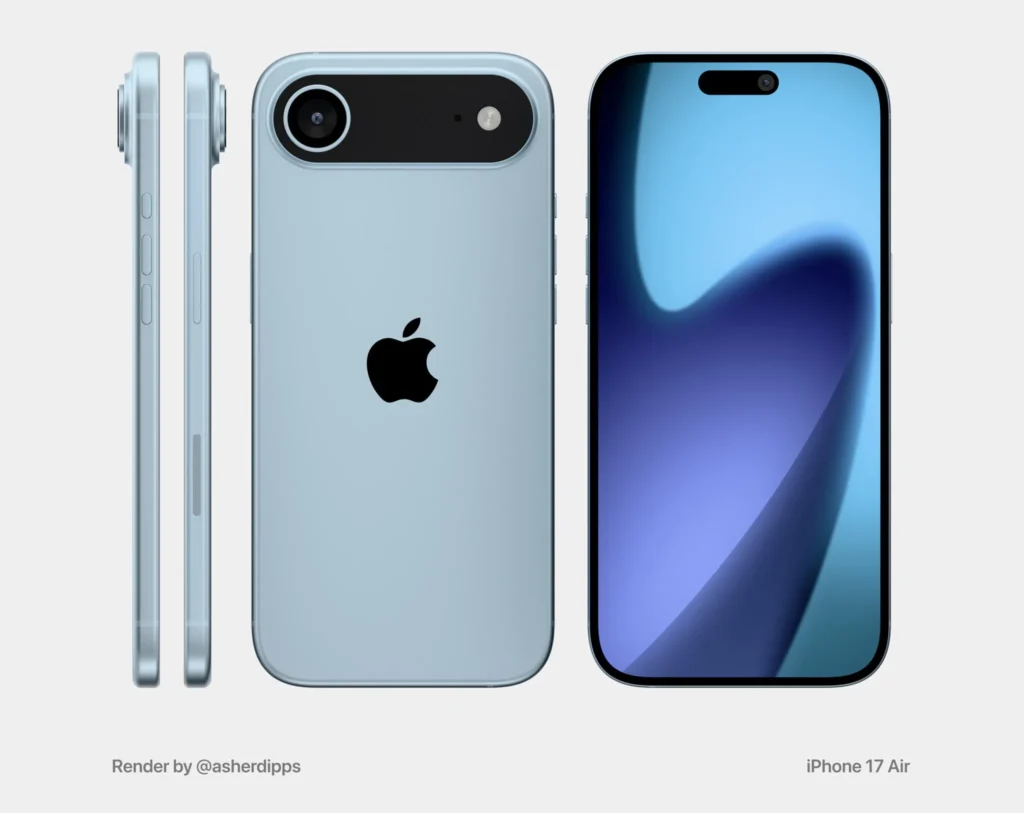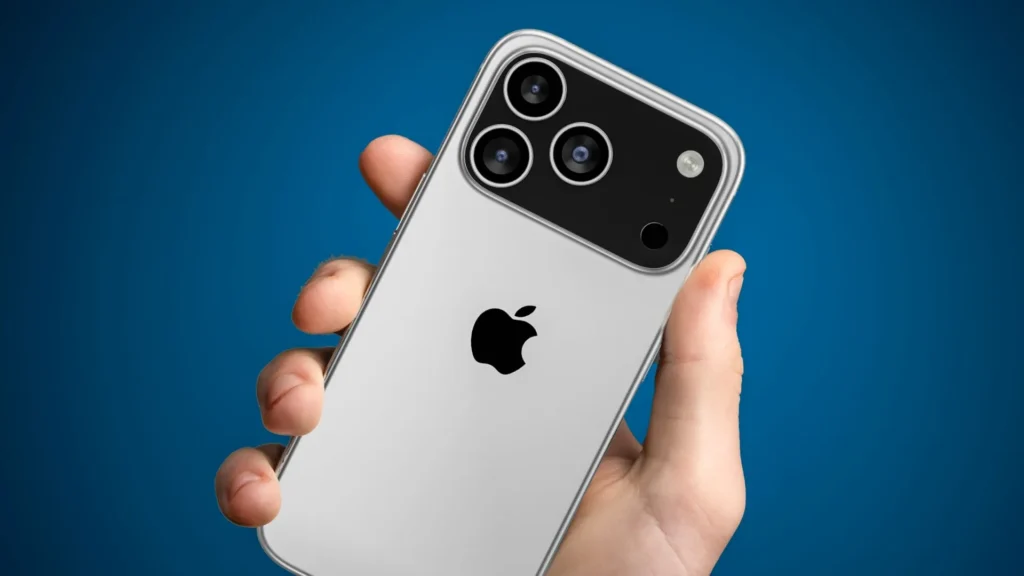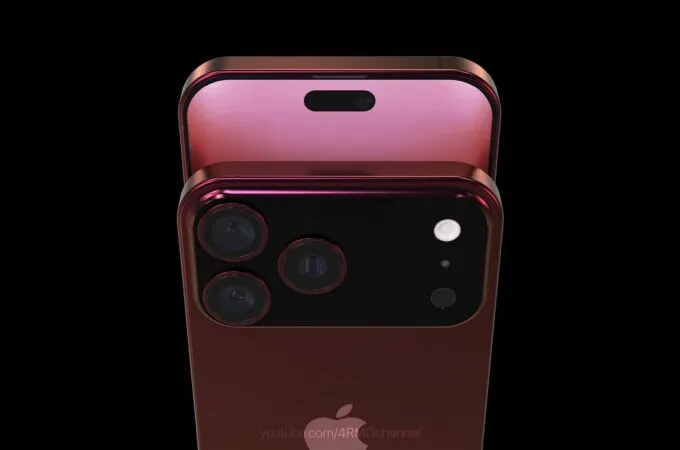Apple is moving full steam ahead into the next phase of its smartphone evolution. The iPhone 17 marks the beginning of Apple’s AI-powered era and is not just another update. The iPhone 17 series, which is expected to launch in September 2025, is already creating buzz in tech circles. Apple appears ready to redefine what a smartphone can do, whether it is through the new “Air” model, rumored thinner bodies, or significant AI integrations.
Let’s walk through everything confirmed, leaked, and reasonably expected without hype, just the facts.
iPhone 17 Launch Date: What We Know So Far
Based on Apple’s yearly launch schedule and trusted sources, the iPhone 17 is set to be announced in the second week of September 2025. Most predictions suggest a reveal around September 10–12, with pre-orders opening shortly after and global sales beginning by September 19.
This timeline follows Apple’s usual pattern and lines up with insights from Forbes and MacRumors. Although the company has not yet disclosed a specific date, insiders with knowledge of Apple’s supply chain have suggested that production is already increasing.
Models in the iPhone 17 Lineup
This year, Apple is introducing four devices under the iPhone 17 umbrella. The standard iPhone 17 and the Pro versions are familiar ground. But what’s generating a lot of buzz is the inclusion of a new model; the iPhone 17 Air. Here’s a breakdown of the expected lineup:
- iPhone 17 – 6.3-inch display
- iPhone 17 Air – 6.6-inch ultra-thin design (~5.5mm thick)
- iPhone 17 Pro – 6.3-inch display with upgraded internals
- iPhone 17 Pro Max – 6.9-inch display with advanced camera hardware
The Air model is reportedly thinner than any iPhone to date. It may carry a higher price tag than the base model but will be lighter and sleeker, likely targeting users who care about form factor as much as function. Visit here to look through the real time conversations regarding the iPhone 17 release date.

Design and Display Changes
Design-wise, Apple is taking things up a notch. All models are expected to come with OLED LTPO displays running at 120Hz, even the non-Pro variants. That means smoother animations, more responsive scrolling, and better battery optimization.
One of the most noticeable changes may be the Pro models’ return to aluminum frames, replacing the titanium found in the iPhone 15 Pro. Apple could be doing this to reduce weight and improve manufacturing efficiency. A redesigned horizontal camera array may also debut, giving the phones a distinct rear profile.
Color options are another area of refresh. Apple is rumored to introduce new shades like lavender, green, and a sleek sky blue. The color lineup may vary between the base and Pro models, as it has in previous years.
AI in iOS 26: Real-World Use Cases
This generation of iPhones will be the first to ship with Apple Intelligence—Apple’s branded approach to generative AI and personal assistant tools. Running on iOS 26, the system is expected to include AI enhancements across photos, search, Siri, and even writing tools like Messages and Notes.
Instead of pushing everything to the cloud, Apple’s approach is centered on on-device processing. That means faster results and better privacy. For example, AI will help organize your photo gallery automatically, summarize long text messages, and even generate suggested responses in real-time.
Siri will finally get smarter too, with a deeper understanding of context and voice. Thanks to Apple’s integration of its own large language model, the assistant might actually feel helpful again.
Performance: A18 vs A19 Pro Chips
Under the hood, Apple is planning a tiered chip approach. The iPhone 17 and 17 Air will use the new A18 chip, built for performance efficiency and AI optimization. On the other hand, the iPhone 17 Pro and Pro Max will feature the A19 Pro chip, offering better thermal performance, graphics, and possibly dedicated neural engines to handle AI tasks without draining the battery.
All models are expected to come with at least 8GB of RAM, while Pro models could see 12GB, ensuring smoother multitasking. The inclusion of Wi-Fi 7 across the board also means faster wireless speeds and lower latency, a first for iPhones.
Some reports point to vapor-chamber cooling for the Pro Max, allowing for sustained high performance during gaming or video rendering.
Camera Upgrades Across the Line
This time, even the base models will see significant camera improvements. A new 24MP front-facing camera will make selfies sharper, while the rear camera on the standard iPhone 17 is expected to feature a 48MP wide lens.
The Air will feature a similar single-lens 48MP camera, tuned for users who prefer a simplified shooting experience.
The Pro and Pro Max will stand out with major enhancements, including a 48MP Tetraprism telephoto lens offering better zoom and low-light clarity. Apple may also introduce dual-recording video, allowing simultaneous use of front and rear cameras. This is especially useful for creators and vloggers.
8K video recording is rumored to be in testing stages and may roll out to the Pro Max first.

Price Expectations in the U.S.
Pricing will follow Apple’s typical structure, though some increases are likely due to added AI hardware and rising component costs. Here’s what current reports suggest:
- iPhone 17 – starts at $799
- iPhone 17 Air – expected around $899–$999
- iPhone 17 Pro – likely to start at $999
- iPhone 17 Pro Max – could reach $1,199 at base storage
Prices will vary depending on configuration, and Apple may offer AI feature bundling tied to iCloud+ subscriptions, especially for tools that require server-side processing.
What Makes This Launch Different
While each new iPhone comes with design tweaks and hardware bumps, the iPhone 17 marks a shift. It’s the beginning of Apple’s AI-first vision, with deep OS integration, smart assistants, and smarter chips.
That said, Apple is avoiding the loud AI branding other companies use. Instead of shouting “AI-powered,” it’s baking intelligence quietly into the experience. That aligns with Apple’s privacy-first stance—focusing on usefulness without harvesting user data.
The iPhone 17 is not just about speed and display. It’s about offloading more decisions to your device and making your digital life quieter and smarter in the background.
Final Thoughts
If the rumors hold true, the iPhone 17 may become Apple’s most influential release since the iPhone X. The addition of a new form factor, unified AI features, and smarter hardware shows Apple’s intent to stay ahead not just in performance, but in how we live with technology every day.
For now, all eyes remain on September. Until then, leaks, supply chain reports, and quiet iOS updates will continue to hint at what’s coming. One thing’s for sure: this fall’s launch will be about more than a phone. It’s Apple’s next play in an AI-first world.





